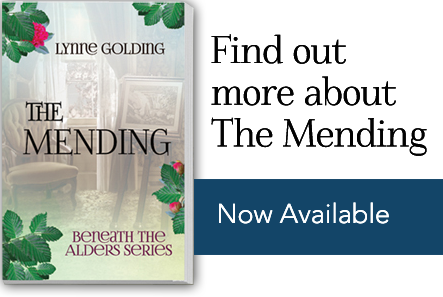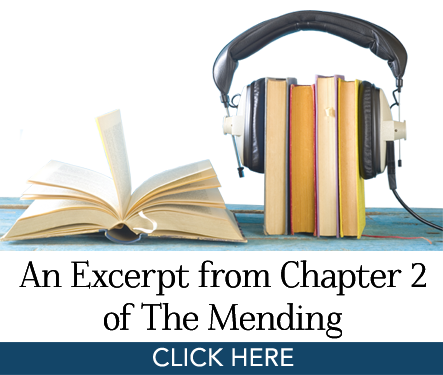
While I did all of the initial research for my Beneath the Alders series and for the first book in the series, The Innocent, I was greatly assisted in completing The Beleaguered and The Mending by the research skills of my good friend Colleen Mahoney, a pre-maturely retired librarian. In this article, Colleen answered specific questions about the evolution of the Ontario school system.
Lynne: I want to ask you about how the education system evolved in Ontario, but before we start, could you tell me what is meant by a “common”, “grammar”, “model” or “normal” school?
Colleen: Yes, that is a great place to start!
Common schools
In Ontario (or Upper Canada or Canada West as it was known at different periods during the 1800s), common schools were established for the purpose of providing a basic education to all children between the ages of five and sixteen, regardless of whether their families had the means to pay tuition. Subjects taught would be of a practical nature (English, geography, arithmetic, natural history), so that the children could then pursue “practical” careers in areas such as farming or manufacturing, or as merchants. Until 1871, funding for these schools came from a combination of government grants, municipal taxation and student tuition fees. These schools later became known as “public” schools.
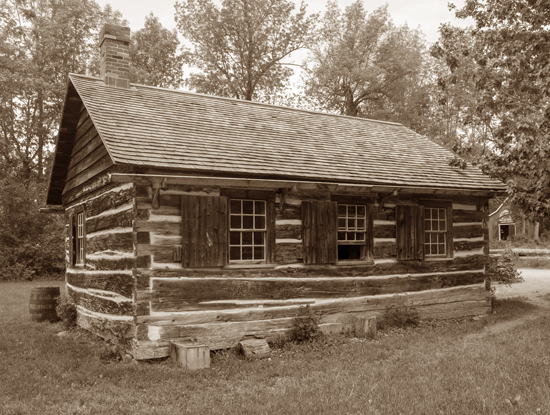
Grammar schools
Grammar schools in Upper Canada were modelled after grammar schools in the United Kingdom, meaning that they were meant to provide classical instruction to prepare students for entry into university and for professions such as law or medicine. Subjects included those taught by common schools but also subjects such as Latin, Greek, civil history, composition, etc.
In 1807, Upper Canada enacted legislation that would provide £100 per year to each district in support of grammar schools. (This was nine years before governments starting funding common schools.) This grant, along with private donations and support from various religious denominations, helped to establish many grammar schools throughout Upper Canada.
Grammar schools carried some prestige because it was thought that they provided superior education. This, however, was not always the case. Districts might hire a teacher with very rudimentary skills in classical knowledge and obtain the £100 grant. With very little government oversight, the teachers would then provide an education that was, in many instances, no different than what was provided in the common schools. Nonetheless, the grant meant that districts could provide at least some education to their children at very little cost.
Model schools
Model schools were very much like common schools, except that they employed teachers who had extensive experience or were professionally trained, either at a university or in a normal school. Aspiring teachers or teachers who wanted to improve their teaching skills could attend a model school and learn through observation or practice teaching under the instruction of an experienced teacher.
Model schools became very popular and carried some prestige. It was generally agreed that students obtained a superior education if they attended one.
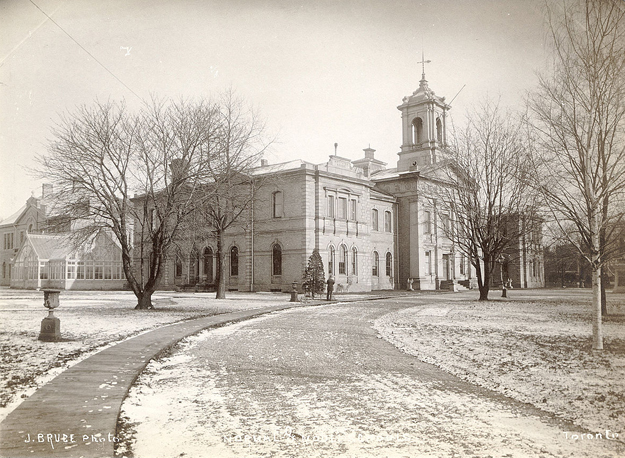
Normal schools
Normal Schools were schools specifically established to train prospective teachers or those seeking to improve their teaching skills.
In order to be accepted into a normal school, students had to be at least 16 years of age, produce a character reference from a clergyman, make a declaration of devotion to the teaching profession, be able to read and write intelligibly, and be acquainted with the simple rules of arithmetic. Once these requirements were fulfilled, the student would be given free tuition and books and five shillings weekly.
Though some grammar schools acted as quasi-training schools, the first government-established normal school was founded in Toronto in 1847. The first class consisted of 54 men, while the second had 118 men and 20 women. Ninety of these students had previously been common school teachers who were seeking further qualifications. Students were required to attend practice teaching sessions at model schools where they would teach one full hour per day.
What became quickly apparent was that the vast majority of students applying to the Normal School lacked a good grasp of the subject matter they were to teach. The result was that in the early days of the school, the emphasis was on teaching academics rather than professional skills. Academic lectures therefore included not just subjects about teaching like the Art of Teaching and Methods of Teaching the National School Books. It also included Elements and Philosophy of Grammar, Orthography, Composition, Reading, Rudiments of Logic, Geography, General History, Mulhauser’s System of Writing, Arithmetic, Algebra, Geometry, Physics, Physiology, Astronomy, Agricultural Chemistry, Trigonometry, and Vocal Music.
Proficiency in these subjects was determined by an examination at the end of the student’s term following which certificates would be awarded. First Class certificates indicated a superior knowledge of the subject matter while a 3rd class certificate indicated the bare minimum a teacher would need to know to be certified. A 2nd class certificate indicated something in between. Presumably teachers with a 1st class certificate could obtain better teaching positions than those with 2nd or 3rd class certificates.
Lynne: We know that education in Upper Canada underwent a significant transformation in 1846. What was the state of education before 1846?
Colleen: Important question! Turns out it mostly depended upon where families lived and their affluence.
An influx of immigrants to Upper Canada in the late 1700s and early 1800s led to tremendous and rapid growth of the population. Land that was previously wilderness, was cleared and settled, and small communities popped up across the province. Initially the focus of these hard-working pioneering families was to clear the land, start agricultural enterprises and establish communities to service them. The work was intensive, and parents relied on their children to share in that work – formal education took a backseat to earning a livelihood. Formal education, if it existed at all, was likely to take place at Sunday Schools established by pioneer churches although some larger communities likely had at least one private school funded by a religious denomination, private grants or tuition. Schooling was not compulsory and in families where the children were needed to help with farming or the running of a store, they attended school either sporadically or not at all.
The first Common School Act was passed in 1816. It provided a grant to each district of Upper Canada that could build a schoolhouse and prove it had at least 20 children who were likely to attend. Trustees were elected to hire (and fire) teachers, select textbooks and make school rules. The Act specified that the trustees must examine potential teachers and issue them a certificate. It should be noted though, that there was no standard examination by which to decide competency and often the trustees themselves were uneducated and incapable of rendering a valid judgement on the matter.
While intentions were good there were very few qualified teachers available to fill the positions. And to be fair, at that point it wasn’t a very attractive profession. A single schoolhouse teacher would need to accommodate the demands of dozens of children of varying ages and stages of education. In addition to educational responsibilities, the teacher would be responsible for the maintenance and upkeep of the schoolhouse itself. This could involve chopping firewood, hauling water, cleaning, etc. The compensation was poor, often consisting of room and board in a community home and very little else in the way of pay. There was no job security– teachers were subject to the whims of the trustees and could be fired without cause. There was no standardized curriculum or textbooks from which to teach.
As you can imagine, in this early period providing a decent education for the masses was very difficult. Attempts were made sporadically over the next few decades to make improvements to the quality and reach of education. Although the model school system was established by the Special Common School Act of 1843, general training of teachers was still meagre.
Lynne: So, what happened in 1846?
Colleen: The government found itself under increasing pressure from its constituents to improve educational standards and provide the funding to do so. And indeed, the government recognized that a better educated population would lead to prosperity and growth for this young and rapidly growing province. And so, in 1844, the government appointed Egerton Ryerson to the position of Chief Superintendent of Education for Upper Canada.
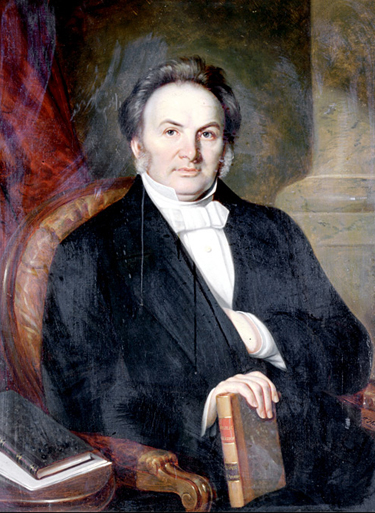
Ryerson is a controversial figure today and it actually was no different back then. He was an outspoken advocate for many causes that pitted him against numerous opponents and special interests. But he was also a strong proponent of public education. Recognized as an intelligent, energetic, organizational mastermind, his job as Superintendent was to devise a system to meet the educational needs of the day.
Ryerson believed that it was the duty of the state to provide free, standardized, quality education to every child in its constituency. He felt that education was the key to inspiring virtue and purpose in individuals who would, in turn, support and promote a civilized society. He envisioned a province in which all children, no matter what their background or how isolated their community, would have access to good quality, free education that would allow them to realize their potential according to their preferences and talents. He also believed that education must be compulsory. It took about 25 years and three Acts of the Legislature, but this vision would eventually be realized.
After touring schools in Europe and the United States, Ryerson wrote a seminal paper entitled Report on a System of Public Elementary Instruction for Upper Canada. The report was the basis for the Common School Act passed in 1846. This Act is generally believed to have been a turning point in education in Upper Canada. No act previously or since has so profoundly changed the way public education was organized or delivered.
The Act resulted in:
- A revamped Board of Education established to oversee the system.
- A funding model that included government grants and monies from each district, levied through property taxes on families with children between the ages of five and 16.
- The appointment of a superintendent and trustees from each district, responsible for annual examinations of teachers and students and receiving annual reports on attendance rates, progress of students, an accounting of the budget, etc.
- A uniform series of textbooks.
- Standards for the certification of teachers.
- The establishment of The Normal School in Toronto, as well a series of new model schools in each district, to train and improve teachers’ academic knowledge and teaching skills.
While this Act went a long way to achieving Ryerson’s vision, schooling was not yet compulsory nor was it free. Only families with school-aged children contributed to the education fund, though provisions were made for families without the means to contribute.
In 1850, Ryerson secured passage of a second Common Schools Act. This levied taxes on the property of all residents of a community, not just those with school-aged children. Education was extended to anyone up to the age of twenty-one years of age. A provision was made to operate separate boys and girls schools if the district superintendent thought it expedient.
A third act, the Ontario Schools Act, was passed in 1871. It was this act that made school compulsory for children between the ages of seven and 12.
Lynne: But as you say, Ryerson is a controversial figure today.
Colleen: Yes, his vision of a province in which all children, no matter their background or community, would have access to free education extended to Canada’s indigenous populations, with whom he worked as a young clergyman. His view, expressed in 1847, was that Indigenous peoples should be educated in separate boarding schools that were denominational, English-only and agriculturally/industrially oriented. Decades later—years after his death—this became the framework for Canada’s residential school system.
A plaque at the to-be-renamed Ryerson University includes the following:
Egerton Ryerson is widely known for his contributions to Ontario's public educational system. As Chief Superintendent of Education, Ryerson's recommendations were instrumental in the design and implementation of the Indian Residential School System. In 2015, the Truth and Reconciliation Commission concluded that the assimilation amounted to cultural genocide.
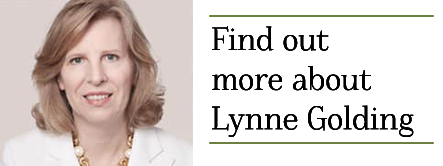
To Order Your Copy of
The Mending
select one of these links.


